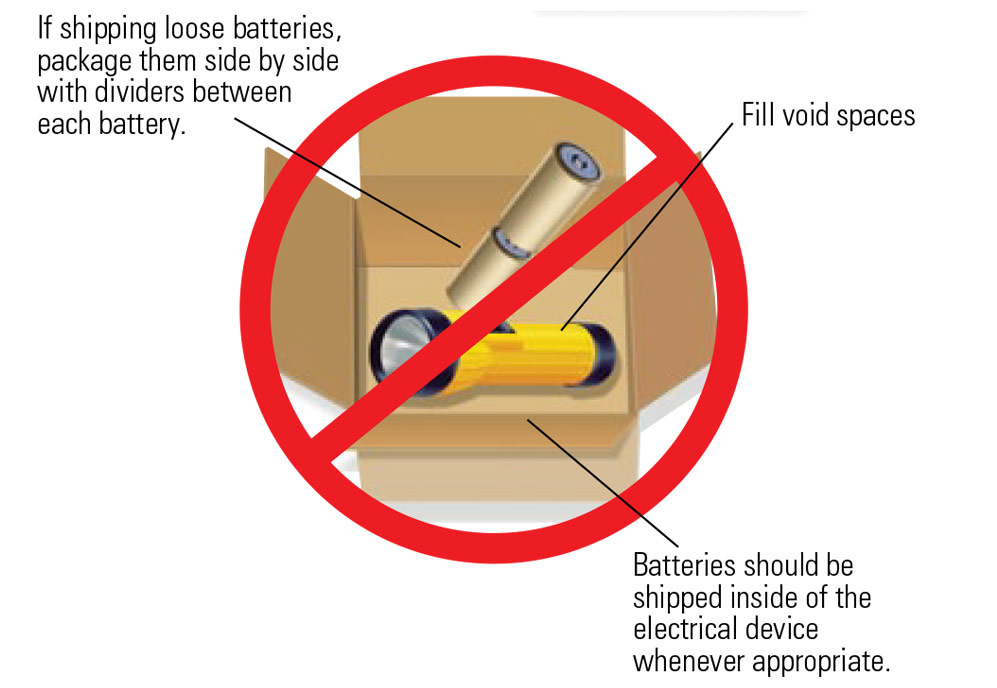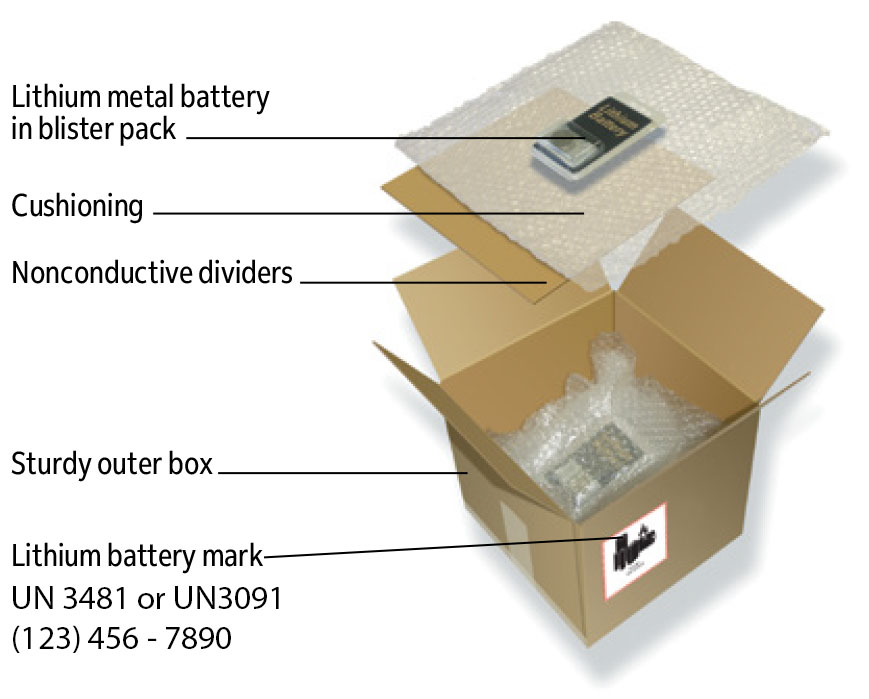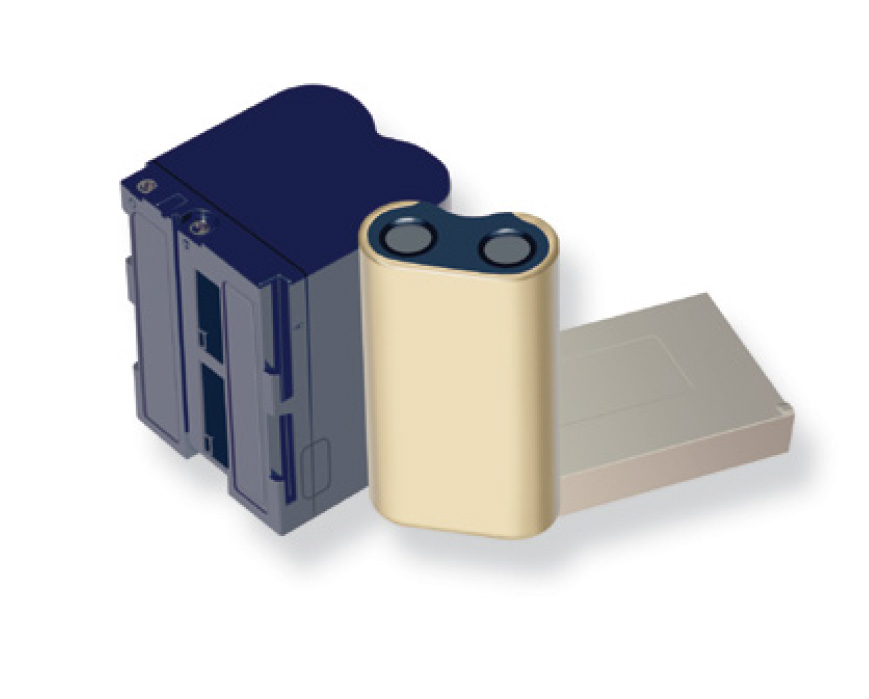How to ship batteries
Unique risks associated with shipping batteries: Batteries provide the power source for personal computers, phones, automobiles, and life-saving appliances. However, batteries are classified as dangerous goods, because by definition they produce electricity from a chemical reaction. When improperly handled, packaged, or stored, batteries pose a risk for corrosive chemical and electrical fires. Emphasis must be placed on safety when packaging and transporting them. The following is an overview of the requirements for acceptance and transport of batteries within the FedEx Express system.
At FedEx Express, we understand the importance of ensuring the safe transport of your shipments. Charged battery shipments or shipments with items that contain charged batteries may overheat and ignite in certain conditions and, once ignited, may be difficult to extinguish or may expend corrosive substances.
By following these guidelines and complying with all applicable local, state and federal laws governing packing marking and labeling, you can do your part to help ensure your shipments arrive safely and on time to their final destinations. We strictly adhere to International Air Transport Association (IATA) and International Civil Aviation Organization (ICAO) regulations.
Steps for how to ship wet batteries



1. Identify your wet battery
Wet batteries or wet cell batteries are typically filled with corrosive acid or alkali and are regulated battery shipments (Class 8 — Corrosive). Wet batteries are common in vehicles, utility systems, un-interruptible power systems and industrial machinery. These commodities must be correctly identified, classified, packaged, marked and labeled. Additionally, the package must have the Shipper’s Declaration for Dangerous Goods completed and signed by a trained shipper.
- UN 2794, Batteries, wet, filled with acid (electric storage)
- UN 2795, Batteries, wet, filled with alkali (electric storage)
- UN 2800, Batteries, wet, nonspillable (electric storage)
2. Secure battery in a leakproof box
- Package wet cell batteries in containers, including metal containers, with acid/alkali leakproof liner — sealed to prevent leakage.
- Fasten batteries securely with fill openings and vents facing up to prevent short-circuiting or overheating.
- Position multiple batteries side by side, separated by nonconductive dividers.
- Place contents in a sturdy outer container.
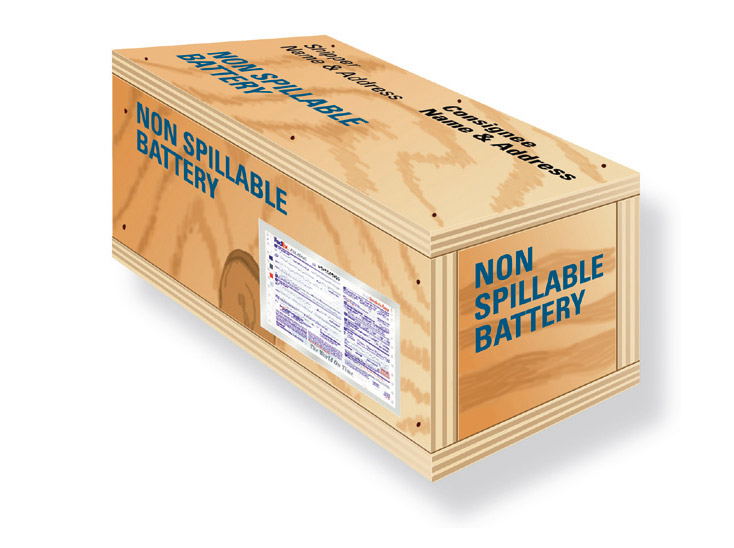


In accordance with 49 CFR 173.159 and USG-11, an IATA (USG-11), nonspillable wet electric storage battery may be regarded as not subject to the regulations if the battery and its outer packaging are plainly and durably marked “NONSPILLABLE” or “NONSPILLABLE BATTERY.” The battery must also meet the conditions for being regarded as not subject to the regulations as prescribed in Special Provision A67, meaning that no shipper’s declaration is required.
3. Seal and label the package
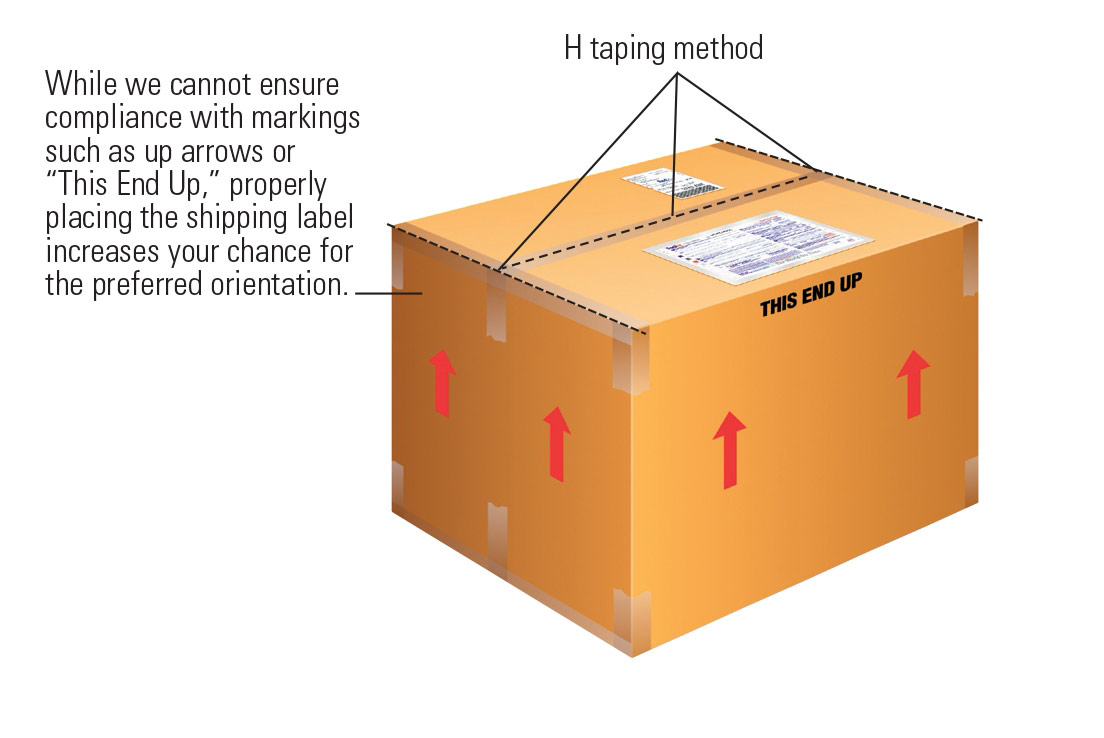


Using the H taping method, apply at least three strips of pressure-sensitive adhesive plastic tape that is at least 2" wide to both the top and bottom of the carton. Tape all seams or flaps. Place the shipping label on the top of the largest side. Ensure that all required outer markings, labelings and documentation appear.
- FedEx Express will not accept or ship recalled or defective batteries, either as a stand-alone unit or contained with equipment.
- Waste batteries or batteries being shipped for recycling or disposal. (See IATA Special Provisions A154 and A183 as well as FX-04 (e) for additional details on these restrictions.)
- FedEx Authorized ShipCenter® locations, FedEx OnSite locations, and FedEx ShipSite® locations do not accept dangerous goods. FedEx Office® Print and Ship Center locations do not accept regulated battery shipments, with the exception of lithium battery shipments meeting Section II IATA regulations.
- How to Pack guidelines.
- Refer to the FedEx Logistics lithium battery shipping guide for specific guidelines regarding international air and ocean requirements.
- FedEx Dangerous Goods/Hazardous Materials Hotline, please call customer support; press “81” or say “dangerous goods.”
- FedEx Dangerous Goods training seminars and job aid.
- FedEx International hotline, please call customer support; say “international” to confirm commodity acceptability to a specific destination for a FedEx international service
Ready to ship?
Create a shipment online
Create a shipment online even if you don’t have a FedEx account. All you need is the shipping information and a credit card.
Schedule a pickup online
Save time and effort by scheduling a convenient one-time pickup online for a small fee. One of our couriers will pick up your shipment from your home, office or other preferred location.
*Dangerous goods are not allowed at FedEx drop boxes, FedEx Office and Print Center, FedEx Authorized ShipCenter, FedEx OnSite and FedEx ShipSite locations except as noted below.
Exception: FedEx Express shipments containing permitted IATA Section II lithium batteries are allowed at FedEx Office Print and ShipCenter locations, FedEx Authorized ShipCenters, and may be placed in FedEx drop boxes.
Related reading
Get instructions for how to pack, ship, market and manage a business.
NOTICE: This packaging brochure is provided to FedEx customers to help reduce loss or damage due to improper packaging. It is NOT intended to be a comprehensive guide for packaging items we accept for transit. We make no warranties, expressed or implied, regarding this information. Proper packaging is the sole responsibility of the shipper. For more information and comprehensive guidelines, please call customer support; press “81” or say “dangerous goods,” then press “4” for the next available dangerous goods agent. (Outside the U.S., request to speak to a dangerous goods representative.) Refer to the current FedEx Service Guide for terms, conditions, and limitations applicable to FedEx® delivery services.
NOTICE: FedEx Express will refuse to accept packages that do not meet FedEx Express, government, or IATA and ICAO requirements.
